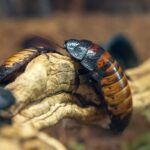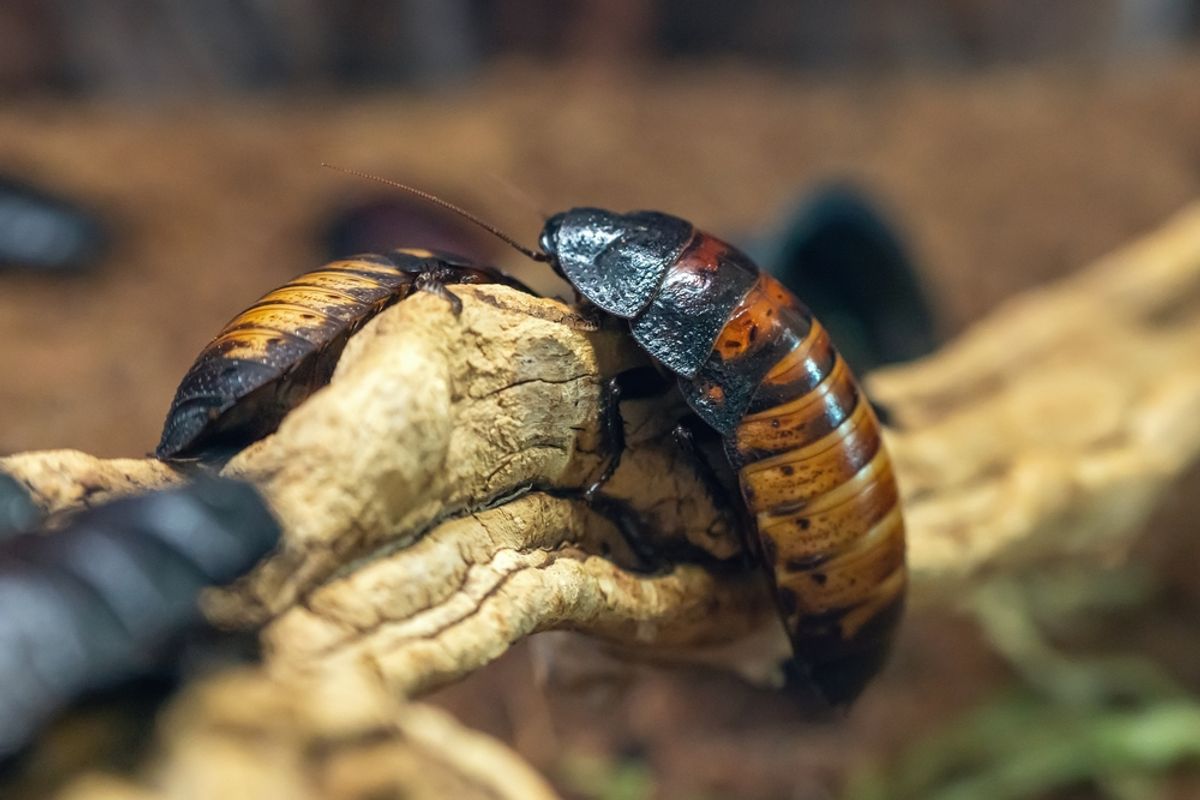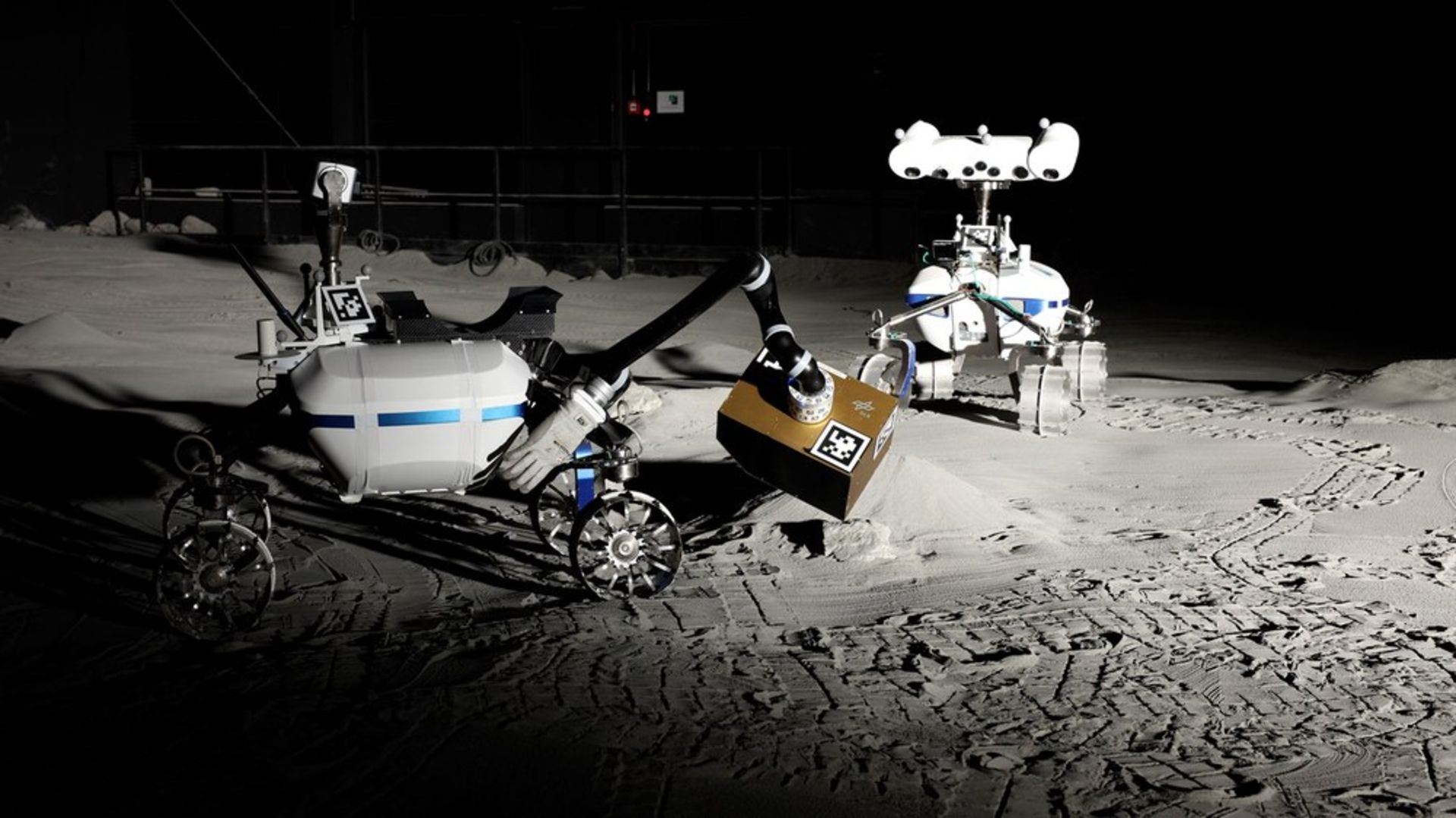
On a dry day in Madagascar, hissing cockroaches do something unexpectedly sweet: They huddle together in groups of slow-moving cockroaches. A new study in Ethology shows that these groups are not random social moments: they are a survival strategy caused by humidity that helps prevent large insects from drying out.
“The main conclusion of our study is that Madagascar hissing cockroaches actively adjust their social behavior as a function of humidity, demonstrating that even large adult insects rely on behavioral plasticity to cope with environmental stressors,” said Lindsey Swierk, lead author, in a Press release.
How humidity influences cockroach behavior
Madagascar hissing cockroaches, which grow up to three inches long, are common in classrooms but are not yet well known in the wild. On the forest floor of Madagascar, they live among leaf litter, forming loose social groups, and serving as decomposers and prey for other animals. Their environment oscillates between increasingly harsh wet and dry seasons, making humidity a constant challenge.
Those changes matter. With their high surface-to-volume ratios, insects lose water quickly in dry air. Physiological defenses, such as waxy hydrocarbons in their exoskeletons, help slow evaporation, but behavior also plays a role. Small insects and larvae often huddle together to create humid microclimates; It’s less clear whether larger adults do the same.
“As we now know that these cockroaches adjust their aggregation behavior in response to moisture, more frequent or extreme dry periods could force them to aggregate more frequently to conserve water, potentially affecting their foraging, reproduction, or broader ecological functions as decomposers,” Swierk said in the news release.
Read more: How Antarctica’s only native insect survives extreme cold
Cockroach Cluster Test
To explore how humidity influences this behavior, the Binghamton team placed groups of 10 adult hissing cockroaches in chambers with three different levels of relative humidity: 30 percent, 50 percent, and 80 percent. Each group spent 24 hours at a given level while the researchers recorded how often the insects aggregated, how large the groups became, and how much physical contact the individuals maintained.
Under conditions of low humidity (30 percent), the insects gathered much more frequently, forming larger, denser groups. By pressing together, they reduced the exposed surface area and created a small pocket of trapped moisture. At high humidity (80 percent), the aggregations were smaller or did not form at all.
“In general, insects can lose water fairly quickly due to their high surface-to-volume ratio, so humidity really affects their ability to retain moisture,” Swierk said. “Our research shows that even larger adult insects, which may theoretically be more resistant to low humidity than smaller insects or larvae, still use aggregation as a flexible behavioral adaptation to reduce the risk of water loss.”
The findings show that humidity alone can change an insect’s social behavior, a clear example of behavioral plasticity. Aggregation may have costs, such as more competition or greater visibility to predators, but when the alternative is running out, the trade-off seems worth it.
Insects in a changing climate
“Our study suggests that such aggregation behavior under low humidity levels could apply more generally to larger insects as well as small or larval insects, but of course this will also depend on the natural history and social behaviors of the species,” Swierk said.
If Madagascar’s dry seasons continue to intensify, more frequent grouping could reshape the way these cockroaches feed, reproduce, and interact with their ecosystem—a reminder that even small behavioral changes can ripple outward. As Madagascar’s forests change, understanding how these large insects respond can help researchers predict how entire communities adapt.
Read more: Do insects have feelings and consciousness?
Article sources
Our writers at Discovermagazine.com We use peer-reviewed studies and high-quality sources for our articles, and our editors review them for scientific accuracy and editorial standards. Please review the sources used below for this article:
#theyre #pretty #cockroaches #cute #group #stay #alive #dry #air










